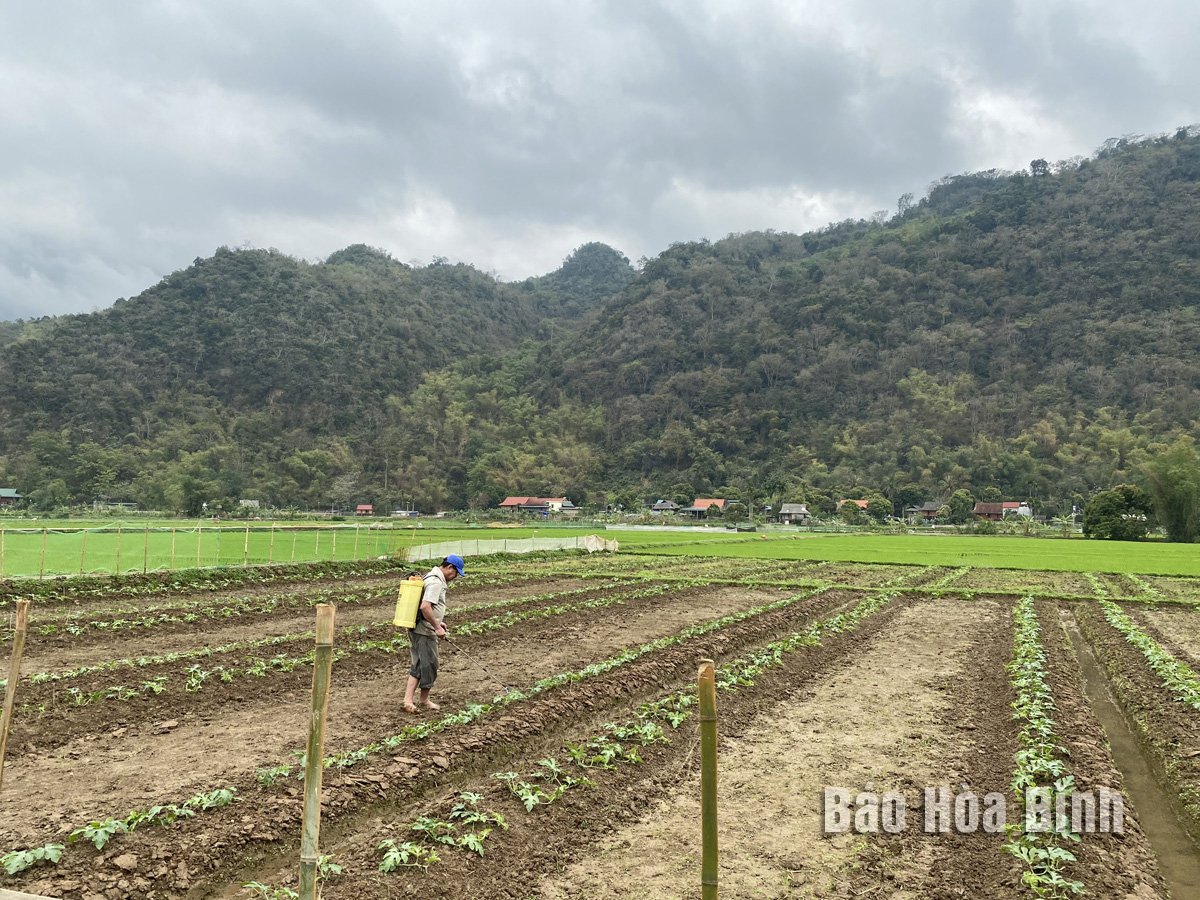
To adapt to the lack of irrigation water, in Mai Ha commune, people have promoted the conversion of ineffective rice growing areas to growing watermelon and other drought-resistant plants.
The management of irrigation infrastructure assets in the area currently only meets the state management function. The exploitation and protection of works do not have enough human resources to perform well - this is a reality that the People's Committee of Mai Chau district frankly pointed out when assessing the management, use and exploitation of irrigation infrastructure assets.
The story becomes clearer when looking at the field. The whole district has 80 projects, from reservoirs to dams, most of which were built in the 70s. There are no original records, no asset valuation, and no boundary markers for protection corridors. Many projects show signs of deterioration and damage, affecting irrigation efficiency. In some places, livestock grazing on the dam surface has encroached on the project, posing a potential safety risk.
There is a reality not only in Mai Chau, that is the canal and ditch system stretches through many communes, hamlets, the terrain is divided, and the staff is concurrent. The cost of maintenance and repair of irrigation works depends entirely on the state budget. The form of "ordering" with Hoa Binh Irrigation Works Exploitation Company Limited only stops at the level of maintaining the flow and basic operation, not including upgrading, repairing or overall management activities, leading to limited exploitation efficiency. The "no revenue but still have to spend" makes this system increasingly become a silent burden on the budget and local agricultural production.
In recent years, the conversion of crop structure has been encouraged, but for Mai Chau, this is a mandatory solution. To cope with the lack of water for production, the district has directed the communes of Mai Ha, Van Mai, Mai Chau town... to lead the people to convert the cultivated area far from water sources, often affected by drought, to grow watermelon, vegetables, corn, and peanuts to adapt to drought conditions. Currently, the whole district has converted the crop structure of about 130 hectares of rice land that does not ensure irrigation water, of which the watermelon growing area is over 60 hectares, mainly concentrated in Mai Ha and Van Mai. The fact that people have to proactively convert the crop structure to adapt to the lack of irrigation water shows the challenges that the current irrigation system faces in meeting the needs of agricultural production.
According to comrade Ha Trung Thao, Vice Chairman of the District People's Committee, in the face of that situation, in addition to implementing measures to adapt to drought conditions, Mai Chau district has proposed that the province allocate resources to repair and upgrade key works and intra-field canals; at the same time, support funding for marking the protection corridor, installing monitoring equipment and training grassroots management forces...
These recommendations are not new but become urgent when placed in the context of the current irrigation system in the district operating in a "go-with-the-flow" manner, and to promote efficiency seems to be too much.
No one denies the vital role of irrigation in agricultural production in mountainous areas. But we cannot continue to let projects that are several decades old and have deteriorated continue to "carry the burden". Mai Chau's problem is not just about repairing a dam or dredging a canal. It is an urgent need to build a flexible, legal and practical management mechanism - where local authorities are empowered with both resources and authority, so that people no longer have to "swim on their own" during each dry season. Because irrigation, if left on the sidelines of infrastructure and management reform, cannot be a sustainable fulcrum for prosperous fields.
Minh Vu
Source: https://baohoabinh.com.vn/12/201044/Thuy-loi-Mai-Chau-Ganh-nang-ha-tang-cu-giua-yeu-cau-moi.htm



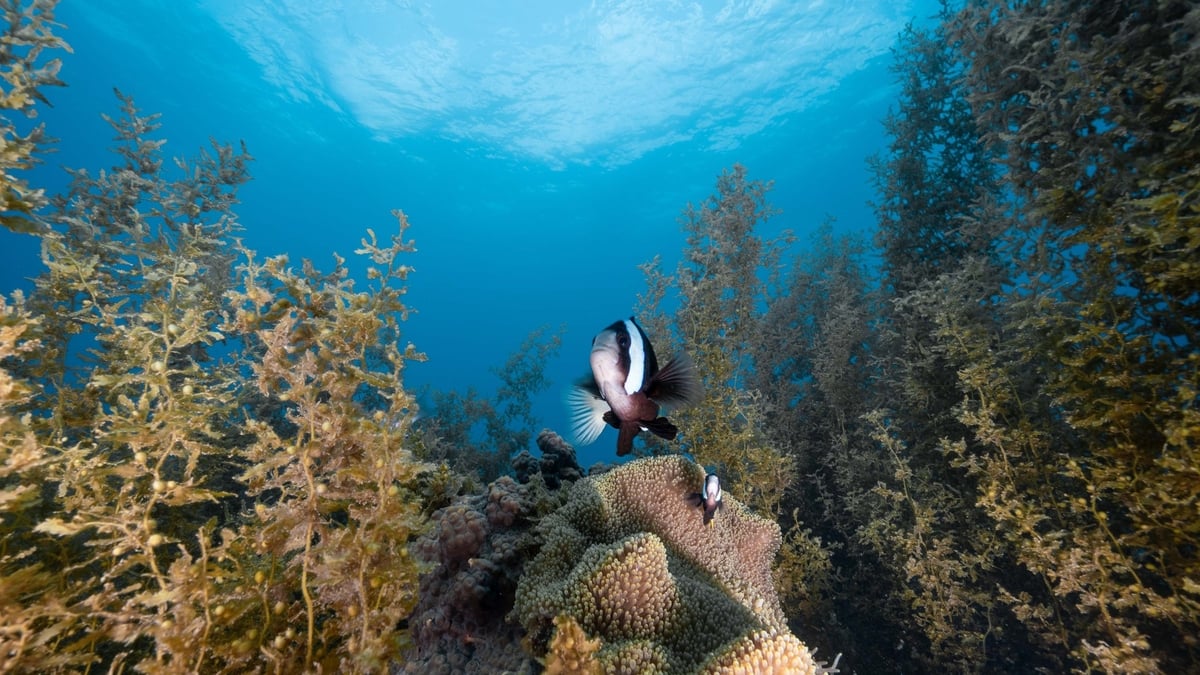
![[Photo] Prime Minister Pham Minh Chinh attends the event "Digital transformation of the banking industry by 2025"](https://vphoto.vietnam.vn/thumb/1200x675/vietnam/resource/IMAGE/2025/5/29/0e34cc7261d74e26b7f87cadff763eae)
![[Photo] Prime Minister Pham Minh Chinh receives leaders of Excelerate Energy Group](https://vphoto.vietnam.vn/thumb/1200x675/vietnam/resource/IMAGE/2025/5/29/c1fbe073230443d0a5aae0bc264d07fe)


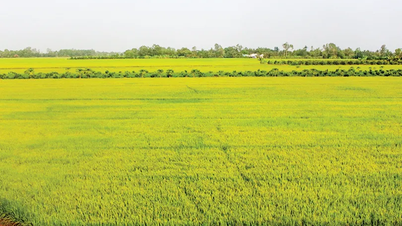

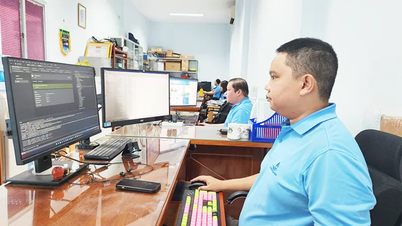


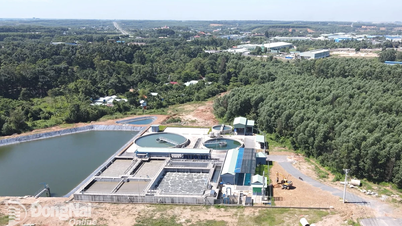
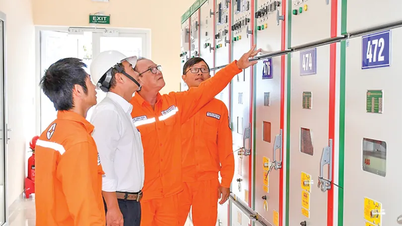
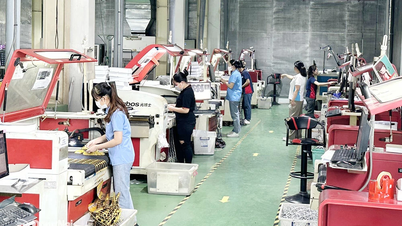




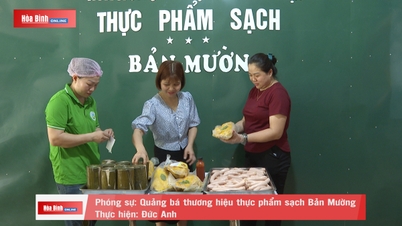
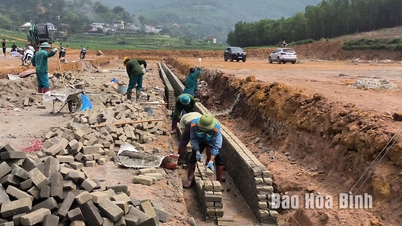
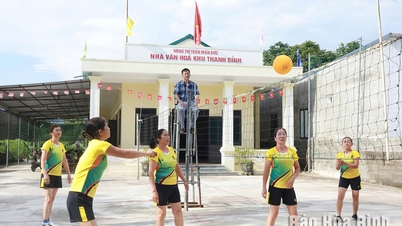
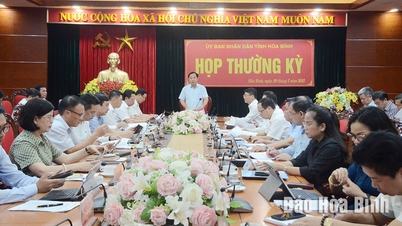
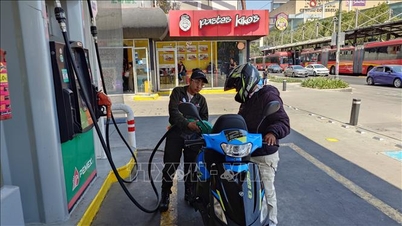
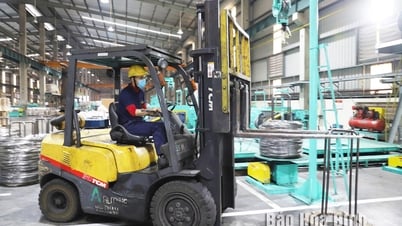
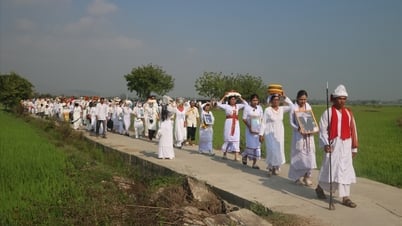










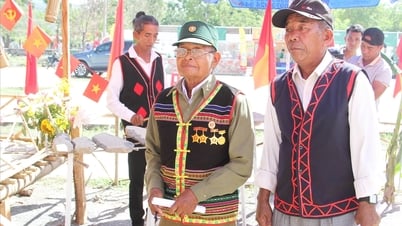









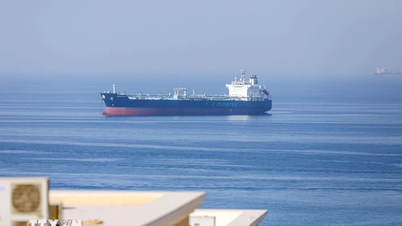





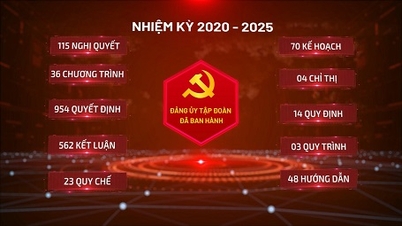





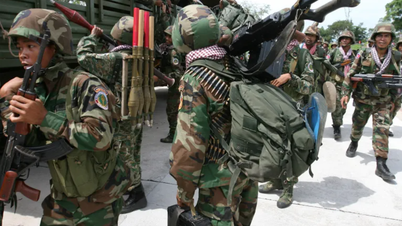











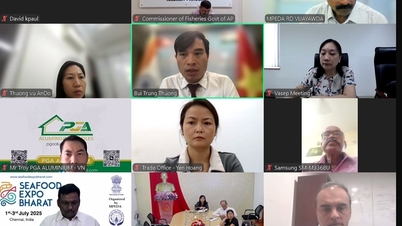

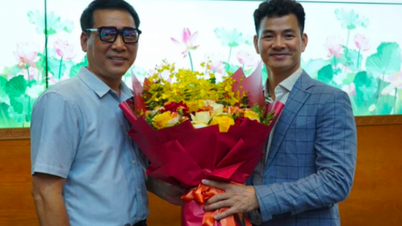



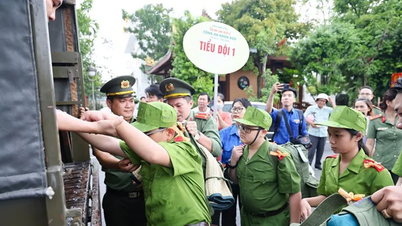


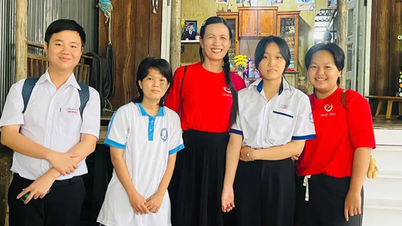
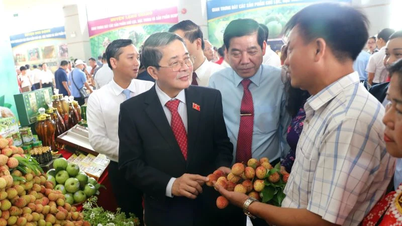








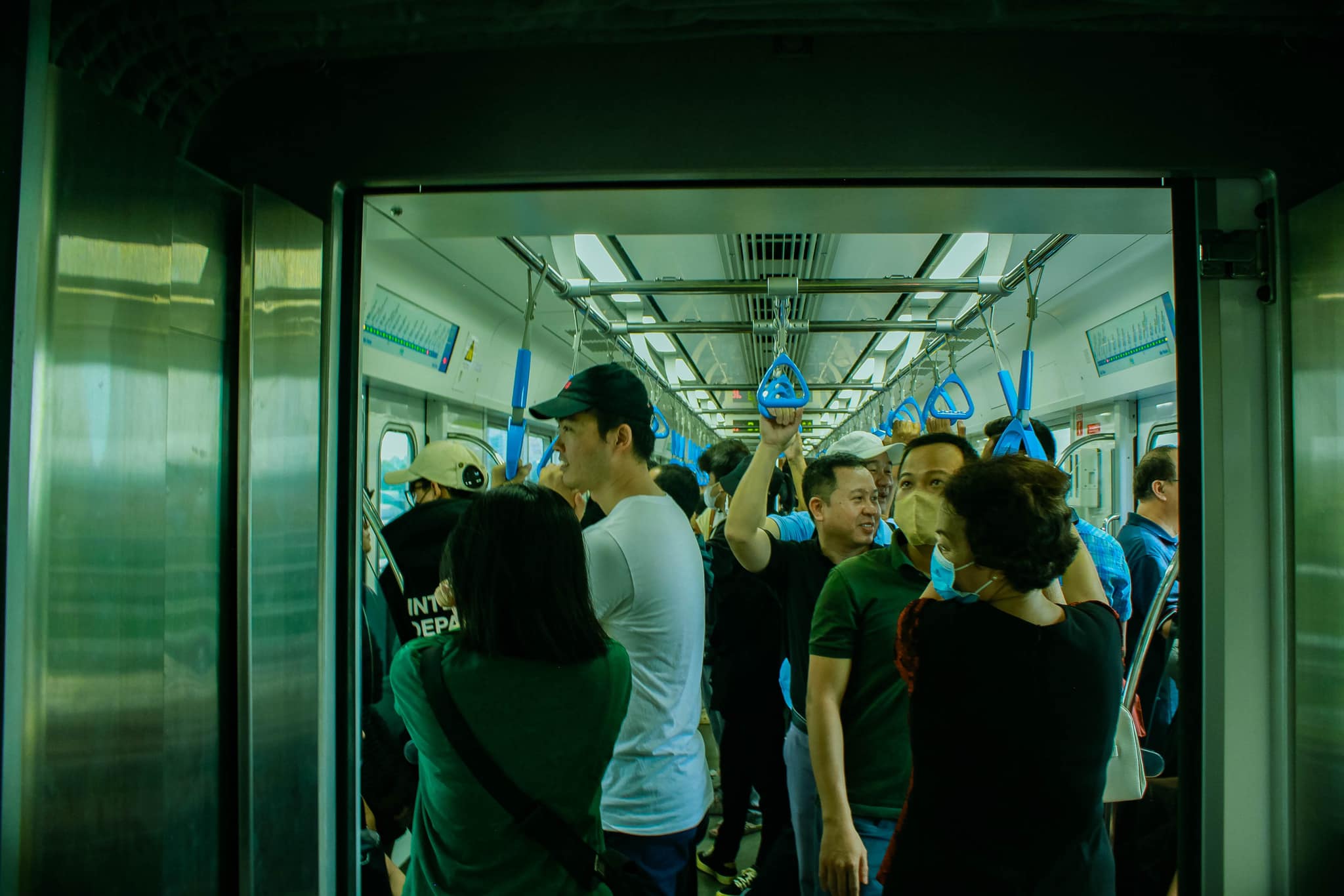
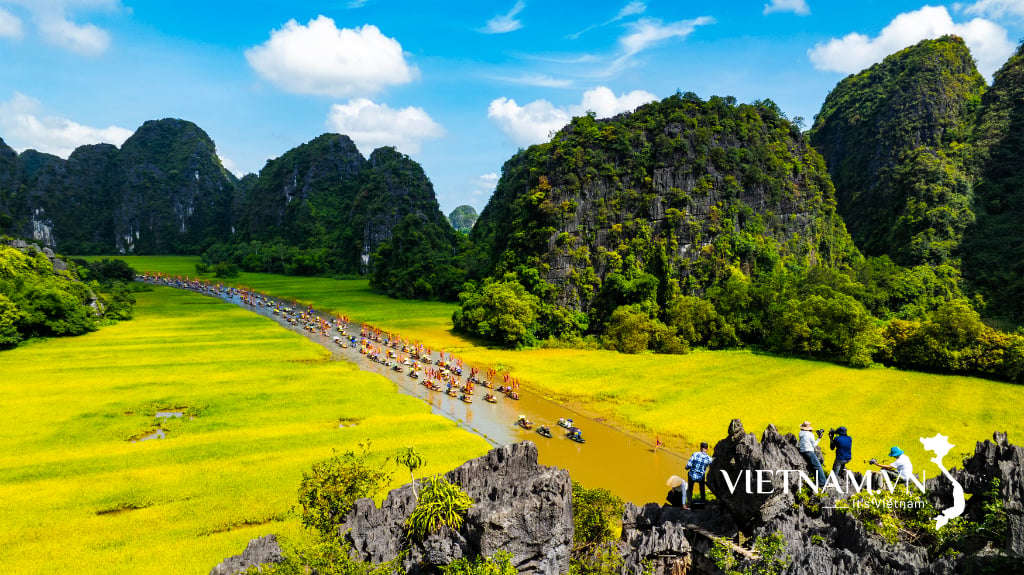
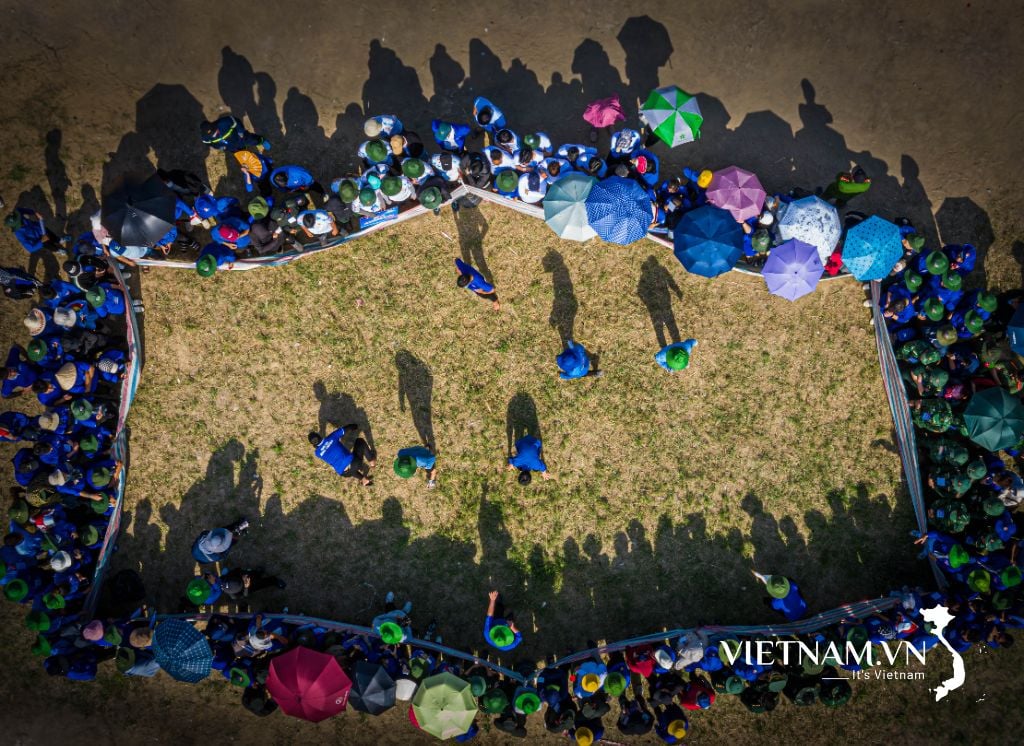

Comment (0)